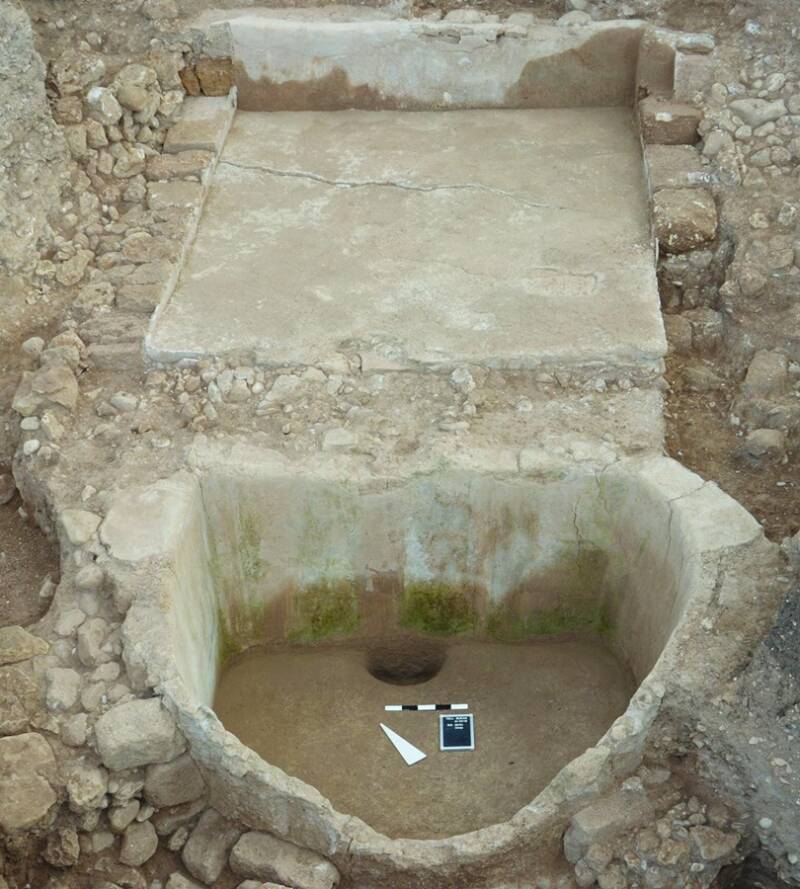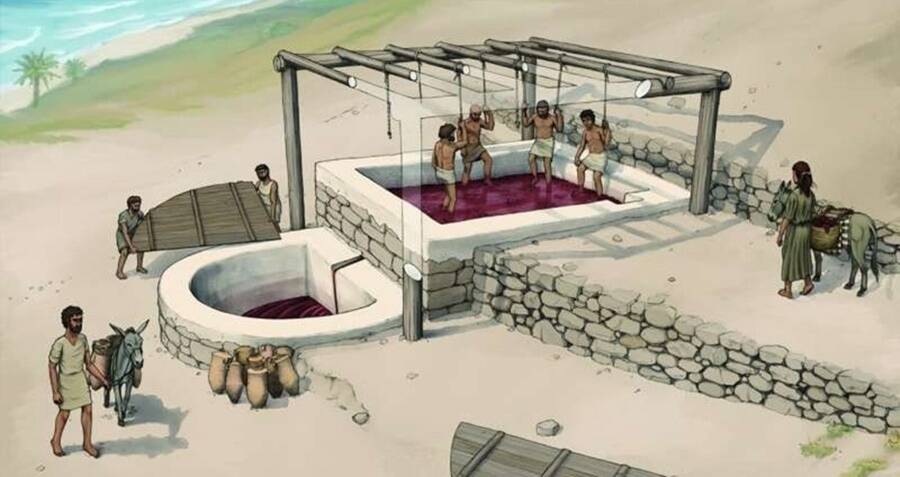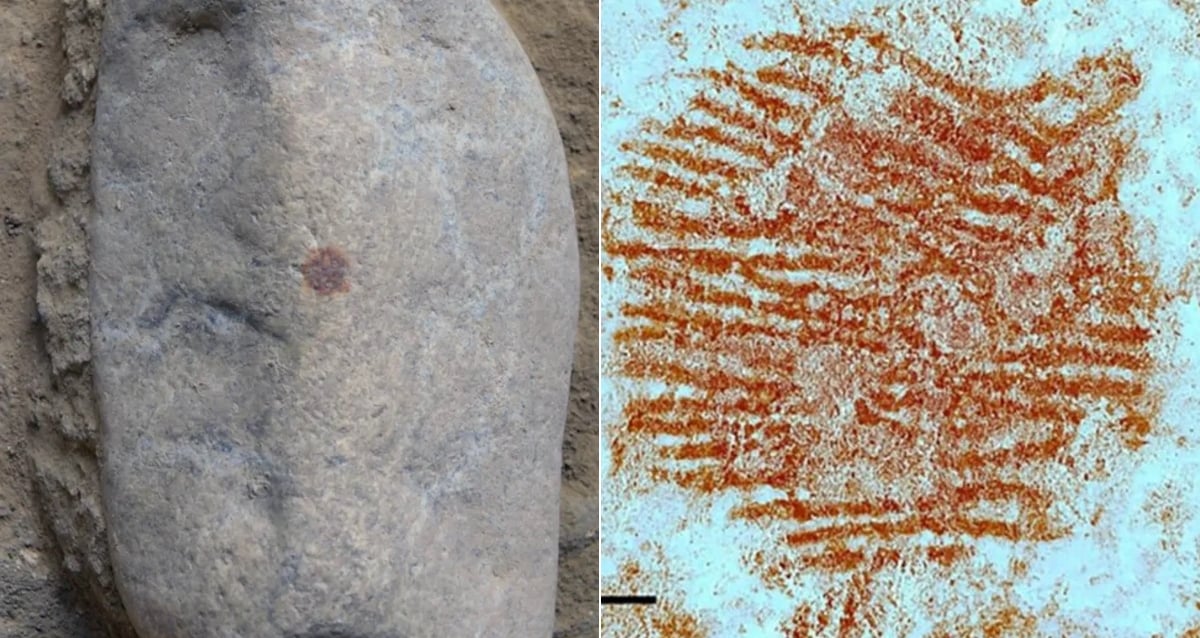“Ancient Lebanese Wine Factory Discovered: What Secrets Does This 2,600-Year-Old Marvel Hold?”

Tell el-Burak Archaeological ProjectPhoenicians used the wine press to produce large quantities for trade.
“We assume that wine was produced there on a large scale for several centuries. For the Phoenicians it was very important — they also used wine in religious ceremonies,” the study authors wrote.
The hypothesis has been supported by a previous discovery of a large number of amphorae, or large basins, that were likely used to transport foods and liquids — including wine.
“The city of Sidon was on sea trade routes in the eastern Mediterranean. Phoenicians played an important role in the spread of wine in the Mediterranean area, and their tradition of wine consumption was passed on to Europe and North Africa,” the authors continued, “this new discovery provides many clues as to how the pioneers of wine produced the drink.”
But the Phoenicians did more than just produce wine. They were known as skilled manufacturers and highly regarded for their craftsmanship in glass and dye-making as well as shipbuilding.
In fact, the purple dye that they manufactured was used to color the purple robes of Mesopotamian royalty. The Greeks dubbed the Phoenicians with the silly nickname the “purple people” because the purple dye would stain the skins of the workers.
The discovery of the winepress is significant as further proof of the ancient wine culture and trade performed by the Phoenicians. But it also helps us get a sense of just how old the leisurely activity of enjoying a glass of wine truly is.












